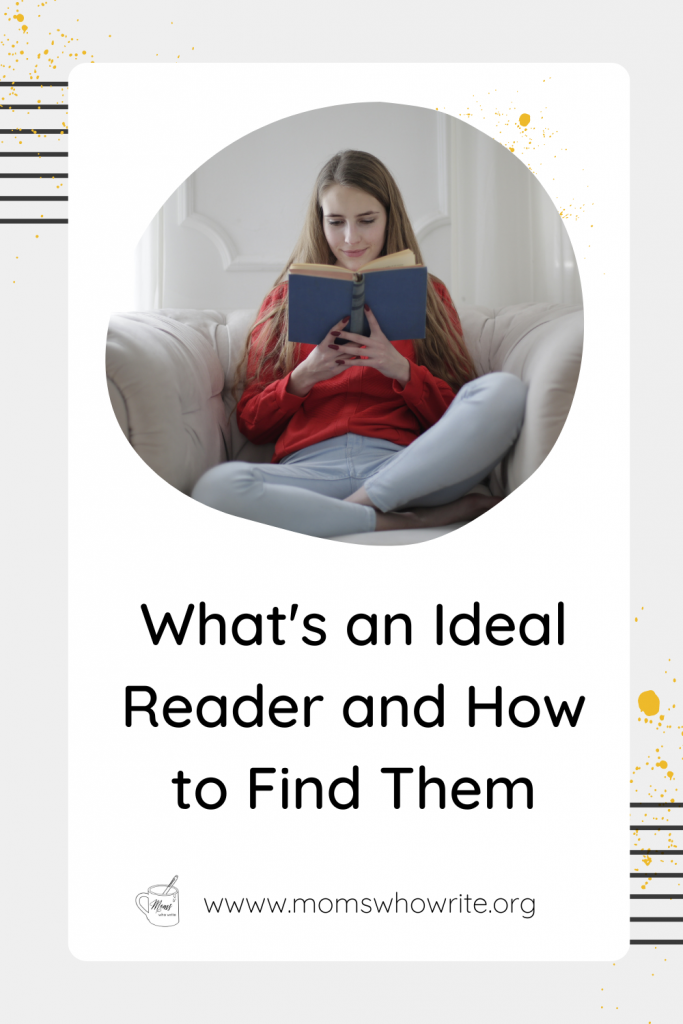Ah, the elusive Ideal Reader. I have heard tales of such a creature, flitting just out of sight, beyond the murk of drafting and marketing. What is an Ideal Reader? What does it look like, act like, smell like? And why the heck does it matter to know?
Every author, whether intentionally or not, is writing for a very particular category of reader. Specifically, you can define that category by… wait for it, this is really insightful…
The people who will love your book the most. It’s just that simple, but
Age ain’t just a number Aanymore
The first thing you need to know about your Ideal Reader is how old they are. Is your protagonist a middle-aged woman finding love? Well, your ideal reader probably isn’t a boy in middle school.
Why should you consider the age of your reader while writing? Because it affects literally everything. Younger readers, statistically, want a book that moves faster. Older readers are going to understand more complex words and associate differently with the same words.
The lens of age also does a lot to inform how the reader is going to react to a given character of any particular demographic. Traditional publishers are going to pay attention to these details as they decide if they want to try marketing your book– don’t make that look difficult for them! Even if you self-publish, you don’t want to make marketing harder on yourself, either.
Write your story just the way it appears in your brain, but come editing, make the subtle adjustments that will help your story resound with the right age group.
“But MY book is too unique for labels!”
The genre of your story will play a huge part in finding your ideal reader. Your book is too unique for labels, you say? Nope. Nope, it’s not. Sorry.
That doesn’t mean your story isn’t completely, wonderfully original, but there are always categories and subcategories it will fall into. Figure out what genres your book qualifies for. If your book falls on the line between genres, either hyphenate like a married name or choose the genre that would appeal most to you if you were book shopping. Narrow it down even further to subgenres. Analyze your tropes.
What I’ve just described is an equation of words, and if you can solve it, you’ll have an instantly powerful way to sell your story in one sentence flat. Even better, you’ll know who to talk it up to in the first place. The best cozy mystery in the world will not sell to someone who only reads spy thrillers. Know where to spend your energy (and marketing dollars)!
The best way to find your Ideal Reader?
Look in the mirror.
You wrote this story because you love this story. Even if it didn’t turn out exactly as you wanted, you were inspired by the premise because you like that type of book. So, what’s the magic “that” factor? What turns you on the most about these characters, this setting, and those stakes? What, at the deepest core, do all your books accidentally have in common?

Figure out exactly what it is YOU like. If you want to know how to improve your book, cater to that central truth. To get the best, most useful feedback on your book, get feedback from people who are looking for the thing you’re trying to create. If you want to know how to sell your book, find the people who love… well, what YOU love.
Find your tribe. The rest comes more naturally than you’d believe. It’s still all work, of course, but know yourself, know your reader, and that work will be rewarding.
About the Writer: Kathryn Tamburri (@KathrynTamburriAuthor) writes clean YA epic fantasy novels which seethe with slow-burn romance. You can find more of her writing tips on The Devo Blog at KathrynTamburri.com, and learn from her publishing journey by subscribing to her fun author newsletter!

2 thoughts on “What’s an Ideal Reader and how to find them”